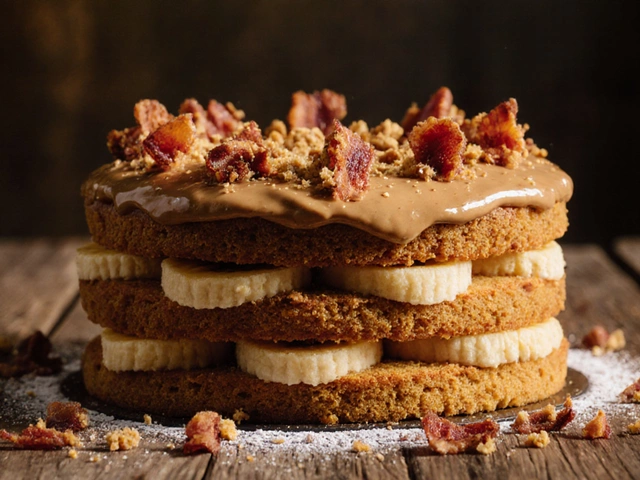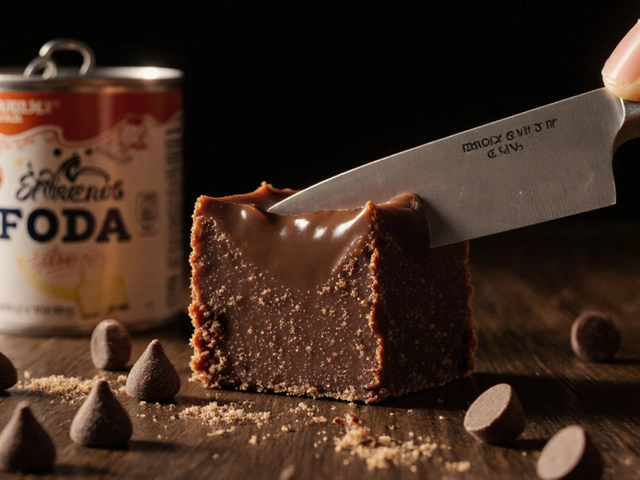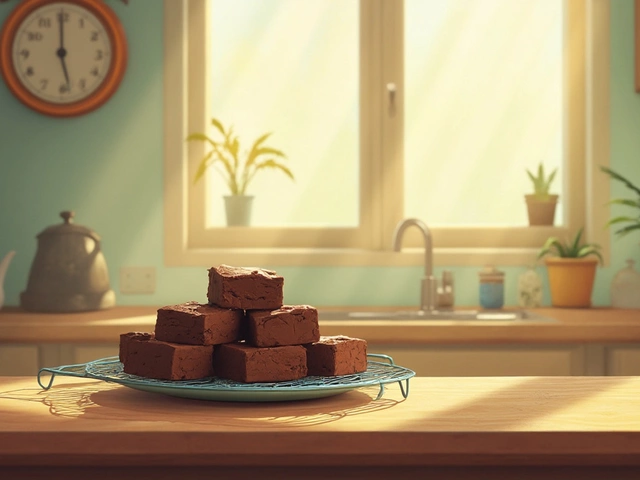Bone Char in Baking: What It Is and Why It Matters
If you’ve ever checked a chocolate label and spotted “bone char” or “processed with bone char,” you probably wondered what the fuss is about. Bone char, also called bone black, is a charcoal made from animal bones. It’s used in the cocoa industry to de‑color and de‑odor raw cocoa beans, giving chocolate its smooth, dark look.
For most home bakers, bone char doesn’t show up in the kitchen, but it can influence the flavor, color, and even the ethical vibe of the sweets you make. Knowing the basics helps you pick the right chocolate for fudge, brownies, or a fancy tiramisu without surprises.
How Bone Char Affects Chocolate Quality
When cocoa beans are roasted, they release a lot of pigments and bitter acids. A brief treatment with bone char removes some of these compounds, resulting in a cleaner, brighter chocolate. The process also stabilizes the fat content, which means your chocolate stays glossy and won’t bloom (those white spots) as easily.
That extra polish can be a win for recipes that rely on a smooth melt, like silky fudge or glossy ganache. On the flip side, the treatment can strip away a bit of the natural cocoa flavor, especially in high‑percent dark chocolate. If you love the deep, fruity notes of raw cacao, you might prefer beans that skip bone char.
Choosing Chocolate That Fits Your Values and Recipes
Looking for bone‑char‑free chocolate? Check the label for “bone char‑free,” “vegan,” or “organic.” Many specialty brands market themselves this way because they know consumers care about the source of their treats. If you’re making a vegan cake or a dairy‑free fudge, picking a bone‑char‑free chocolate keeps your recipe consistent.
When you’re not that picky, you can still make great desserts with chocolate that’s been treated with bone char. The key is to match the cocoa percentage to the job: 60‑70% for fudgy brownies, 70‑85% for a rich ganache, and 45‑55% for milk‑chocolate‑based treats like caramel bites.
Here’s a quick cheat sheet:
- Fudge and brownies: 60–70% dark, bone‑char‑free if you want pure flavor.
- Ganache & truffles: 70–85% dark, bone‑char‑treated works fine for shine.
- Milk‑chocolate desserts: 45–55% milk, look for “no bone char” if you’re vegan.
Even if you end up with bone‑char‑treated chocolate, the difference in taste is subtle. Most home bakers won’t notice unless they’re tasting straight chocolate before it’s mixed.
Bottom line: bone char is a processing step, not a mysterious ingredient you need to avoid at all costs. Understand what it does, read the labels, and choose the chocolate that matches your flavor goals and ethical preferences. Then you can focus on the fun part—creating smooth fudge, fluffy brownies, or that perfect tiramisu without second‑guessing your pantry.

Why is Sugar Not Vegan?
Ever wondered why sugar might not fit into a vegan lifestyle? Although sugar comes from plants like beets and sugar cane, the refining process often involves bone char, making it non-vegan. This article explores how sugar gets its clean white color and offers tips on finding truly vegan sugar. Discover alternatives and make your desserts align with your ethical choices.
View More




